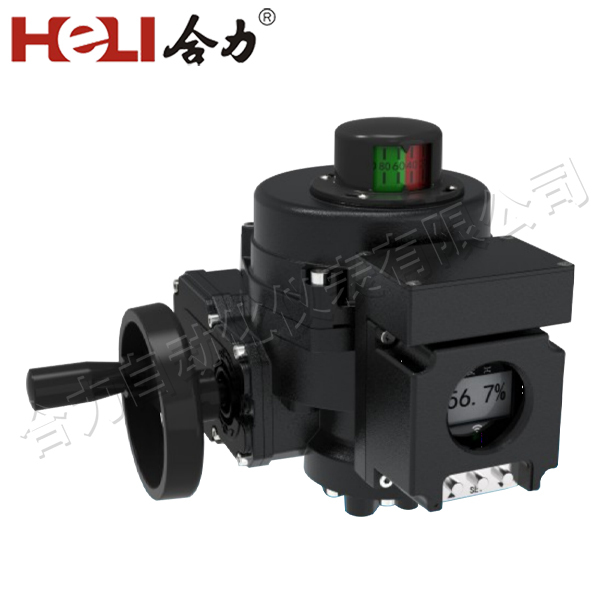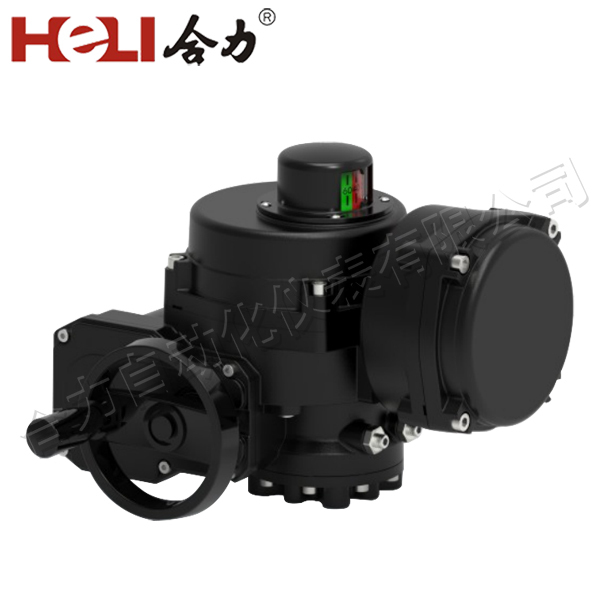As the world shifts towards sustainable energy solutions, hydrogen energy has emerged as a frontrunner in the quest for clean, renewable power. Hydrogen, the most abundant element in the universe, offers a versatile energy carrier that can be utilized in various applications, including electricity generation, transportation, and heating. This article delves into hydrogen energy electrical installations, exploring their significance, components, benefits, and challenges.

Understanding Hydrogen Energy

Hydrogen energy refers to the energy derived from hydrogen, which can be produced through various methods such as electrolysis, steam methane reforming, and biomass gasification. Among these, electrolysis—splitting water into hydrogen and oxygen using electricity—holds significant promise, particularly when the electricity used is sourced from renewable energy. This method allows for the production of “green hydrogen,” which is crucial for reducing carbon emissions and combating climate change. Components of Hydrogen Energy Electrical Installations A typical hydrogen energy electrical installation consists of several key components:

Leave a Reply